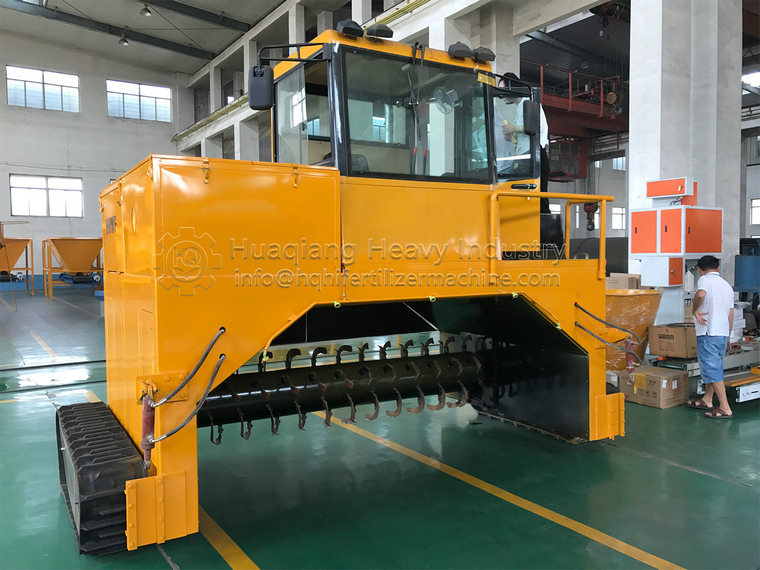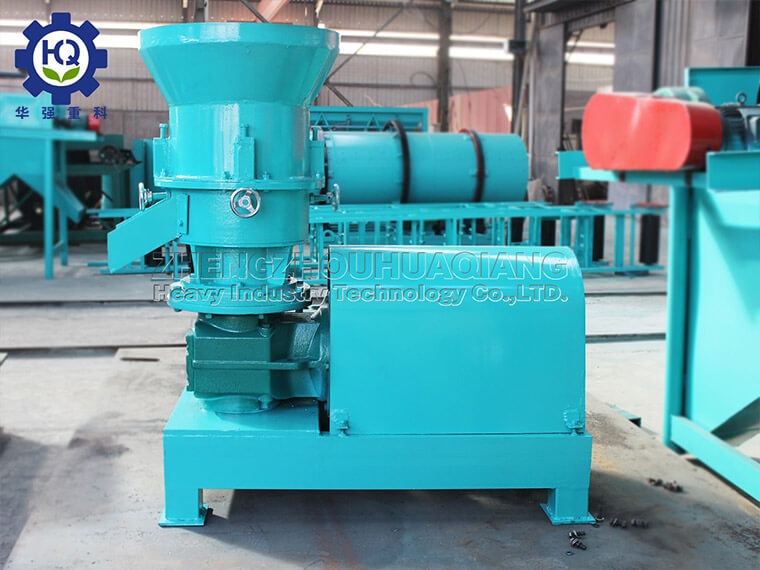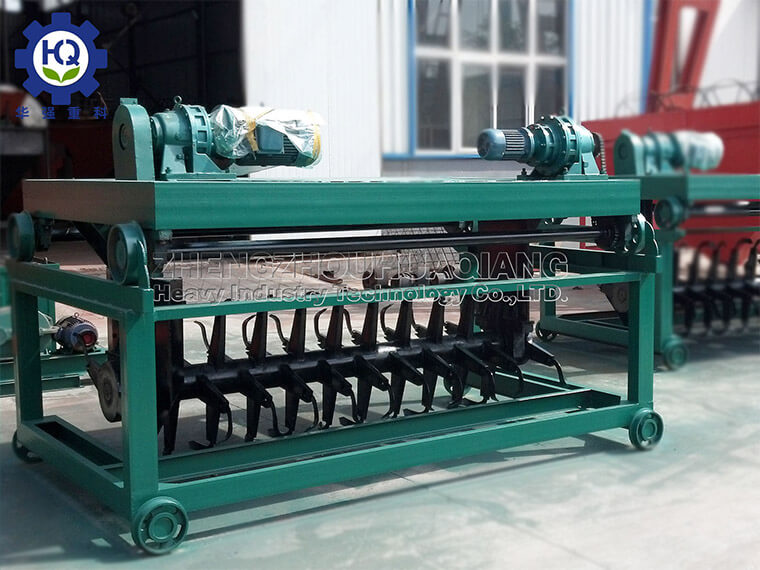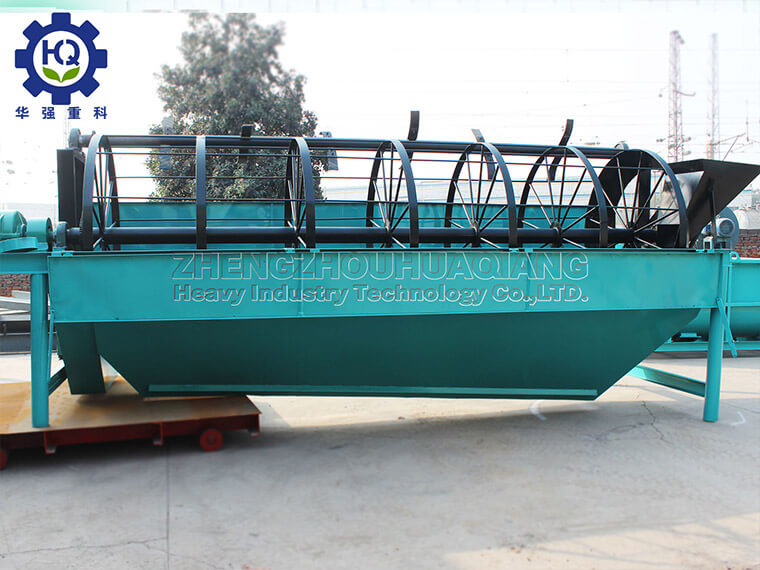As a high-quality organic fertilizer source, the process of transforming sheep manure into efficient organic fertilizer through scientific processing techniques involves multiple steps, each aimed at maximizing the nutritional value of sheep manure while ensuring that the finished product meets the requirements of agricultural applications. The following is the main process of processing fertilizers in a general sheep manure organic fertilizer production line:
1. Preprocessing stage
A. Collection and preliminary screening
Sheep manure is collected centrally from the breeding farm, and the first step is to remove mixed non organic substances such as grass roots and plastics for subsequent processing.
B. Adjust moisture content
The initial moisture content of sheep manure is often high, and it needs to be adjusted to a suitable humidity for fermentation through solid-liquid separation and other methods, usually between 40% -60%.
2. Main fermentation stage
C. Add auxiliary materials and fermentation agents
In order to promote fermentation, a certain proportion of loose materials such as straw powder and sawdust are usually added, and microbial fermentation agents are mixed to start the fermentation process.
D. Composting fermentation
Regularly use an organic fertilizer turning machine to turn the pile, ensuring sufficient oxygen supply, maintaining appropriate temperature and humidity, promoting microbial activity, and completing the harmless treatment and nutrient conversion of sheep manure.
3. Secondary fermentation/aging
After the first fermentation is completed, it enters the second fermentation or aging stage to further stabilize and decompose organic matter more thoroughly, while reducing pathogens and odors.
4. Post processing stage
E. Screening and crushing
Screen the fermented organic fertilizer to remove large chunks that have not been decomposed, and refine it through an organic fertilizer grinder to prepare for granulation.
F. Dry
If the moisture content is too high, a dryer should be used to reduce the moisture to an appropriate level for granulation and storage.
G. Granulation
Produce particles of specific shapes through an organic fertilizer granulator for easy storage, transportation, and application.
H. Cooling and solidification
Freshly granulated organic fertilizer needs to be cooled to prevent its quality from being affected by excessive internal heat.
I. Coating (optional)
Optional steps include wrapping a protective film around the outer layer of the particles to extend their shelf life, prevent moisture and mold, and adding slow-release fertilizers.
5. Finished product inspection and packaging
J. Inspection
The final product undergoes testing to ensure that all indicators comply with national or international standards, especially key indicators such as heavy metals, pathogens, and organic matter content.
K. Packaging
Qualified organic fertilizers should be packaged with clear labeling information for easy identification and traceability.
6. Marketing and Distribution
Organic fertilizers are introduced to the market through appropriate sales channels and reach growers, completing a closed-loop conversion from waste to resources.
The entire sheep manure organic fertilizer production line covers a series of complex processes from collection to finished products, and each link requires careful management and regulation to ensure the high quality and market competitiveness of the final product.
.jpg)


.jpg)




